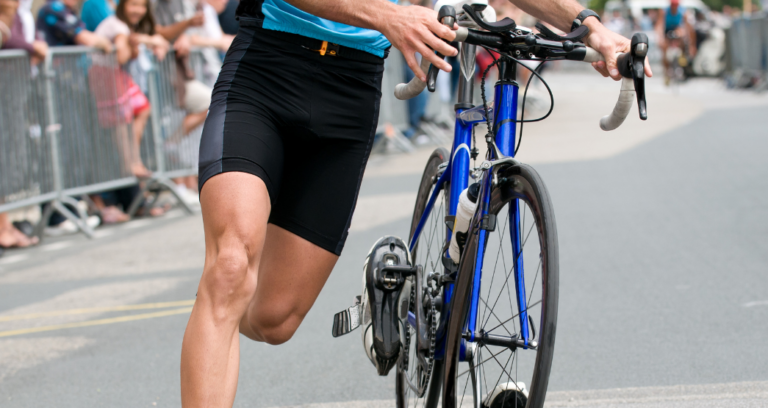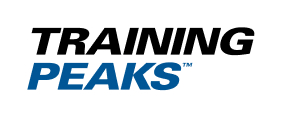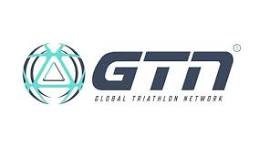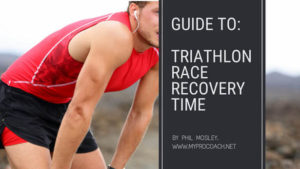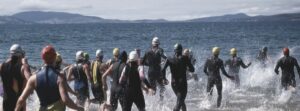What Is A Good Time For Sprint-Distance Triathlon?
Looking to race a sprint triathlon? These are the times you should be aiming for…
One of the most appealing aspects of triathlon is the variety of distances on offer. There’s the behemoth that is IRONMAN (3.8km swim, 180km bike, 42.2km run). You have Olympic distance, which, as you’ve probably guessed, athletes cover at the Olympics. This comes in at 1.5km swim, 40km bike and 10km run. And then you have the one nearly every triathlete has completed at some point on their triathlon journey – the sprint (750m swim, 20km bike, 5km run). We’ll focus on this today, specifically a good finishing time for you to aim for…
Chasing The Elites
In fact, before we begin, a caveat. While I’ve mentioned three main distances, there are myriad distances in between, and when it comes to the sprint, the swim will often be 400m. But for the here and now, we’ll stick with the most common sprint that begins with the 750m swim.
Let’s start at the extreme end of this sprint-finishing prediction and reflect on what the super (wo)men can do: the world’s best elites. In the truncated 2020 triathlon season, the ETU Sprint Triathlon European Cup occurred in Barcelona at the end of October 2020. In the men’s race, IRONMAN 70.3 record holder Kristian Blummenfelt, from Norway, edged out the experienced Javier Gomez in a winning time of 53:53 mins, broken down as a 9:42 min swim, 26:47 min bike and 15:32 min run with swift transitions in-between. For the women, France’s Mathilde Gautier claimed victory in 1:00:43, by a millisecond, over Anna Godoy Contreras, who incredibly recorded the identical time. Gautier’s whisker-winning victory came thanks to a 10:39 min swim, 30:14 min bike and 17:56 min run.
Those times of 53:53 minutes and 1:00:43 are crazy. But unrealistic for age-groupers. So, what’s a good time for us recreational athletes? This is where we need to do some digging…
Age-Grouper Ambitions
One of the most popular sprint-distance races in the United Kingdom is the Eton Sprints. It attracts thousands each year, and its home of Dorney Lake hosted the 2012 Olympic rowing regatta. Ages and abilities are across the board, so it’s a solid benchmark for calculating a good average time. The simplest way to do this is by taking the median of the men’s and women’s results, respectively.
On the Saturday of the 2019 Eton Sprints (the 2020 edition was cancelled because of Covid), 361 men finished the sprint-distance event. Halfway down the field in 181st place was Neil McLoughlin, who finished in 1:25:57, broken down as 15:39 mins for the swim, 2:04 mins T1, 40:33 mins for the bike, 1:50 mins in T2 and 25:53 mins for the run.
In the women’s category, 190 competitors finished. When it comes to the median, we’ll look at 95th finisher Martina Scannell (1:33:43) and 96th finisher Kerri-Anne Skippington (1:33:47). The average of these two finishing times is 1:33:45. As for the median swim values, we have 16:39 mins (17:51 mins + 15:27 mins divided by two); 3:52 mins (4:04 mins and 3:39 mins) in T1; 46:24 mins (44 mins and 48:47 mins) for the 20km bike; 1:45 mins (2:20 mins and 1:09 min) in T2; and 25:14mins (25:31 mins and 24:56 mins) on the run.
Confused by numbers? In short, a good average sprint-distance time for men is 1:25:57; for women, we talk just under 10 minutes more at 1:33:45.
Of course, numerous variables might make the average sprint finisher’s time faster or slower than this time. This is an enormous feature in its own right, but as a snapshot…
Type of Swim
When it comes to swimming, anything under the 20-minute mark is pretty good. If you’re hitting 15 minutes or faster, that’s very good. You’ll find that sea swims are often slower, especially if the waves are up. River swims, if you enjoy a favourable current, can be faster. Wetsuits naturally add buoyancy and are particularly beneficial to the weaker swimmer. Just make sure you secure the correct fit.
Type of Bike
Around 40 mins for the 20km bike means an average speed of around 30km/hr (or 18.6mph). That’s pretty fast but not unachievable. Key simple improvements are having a professional bike fit and wearing a form-fitting tri-suit for improved aerodynamics. If you enjoy the luxury of a downwind course, you’re laughing. If it’s hilly, you’re not!
Type of Run
If you can finish with a sub-30-minute 5km run, you’ll edge closer to breaking 1:30 hrs for sprint distance, a common target for many triathletes. This is where brick training is essential, as running off the bike is a different prospect from running fresh. So, a weekly bike-run session in at least the final two months before the race is a good start. Another guaranteed saver is elastic triathlon laces.
